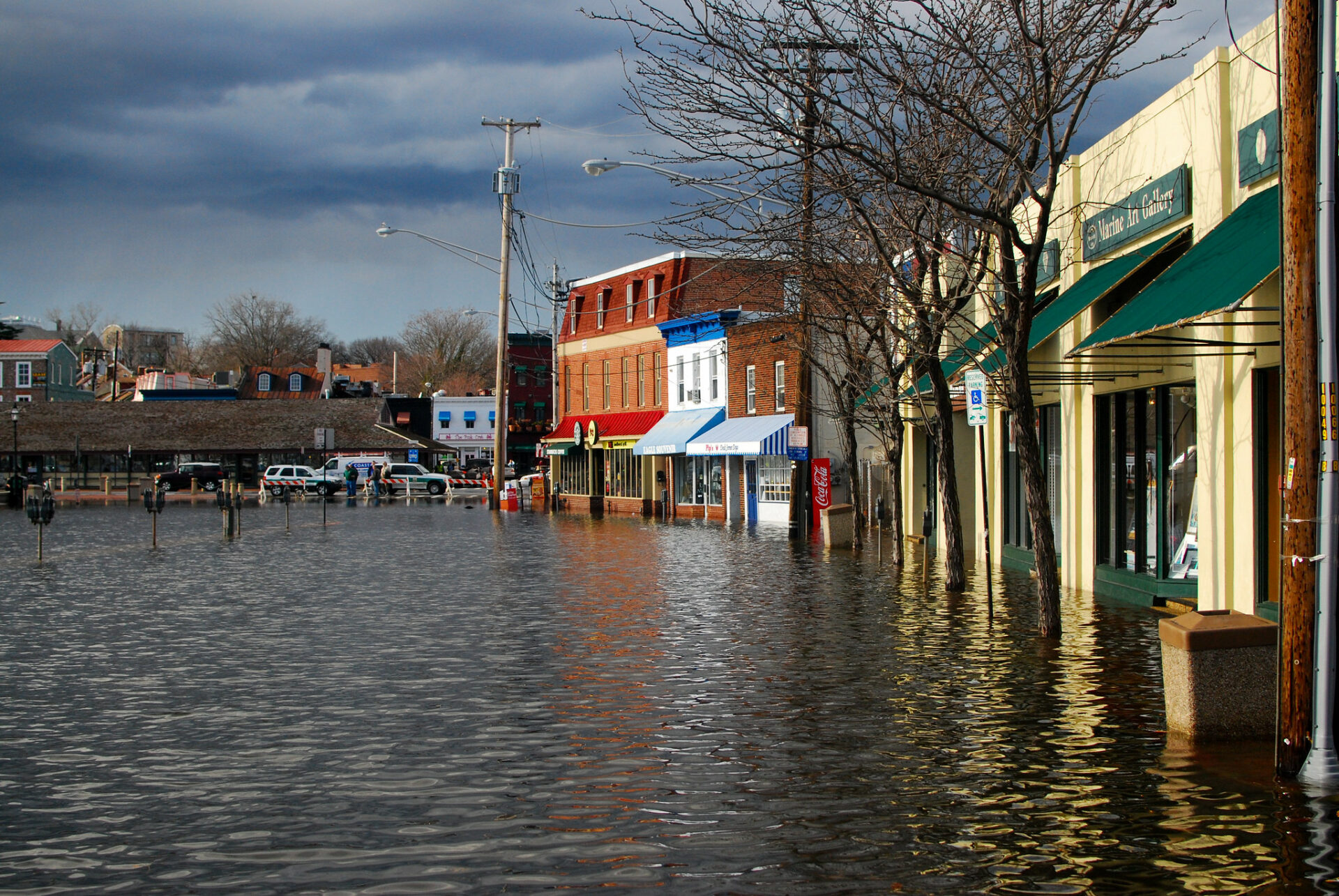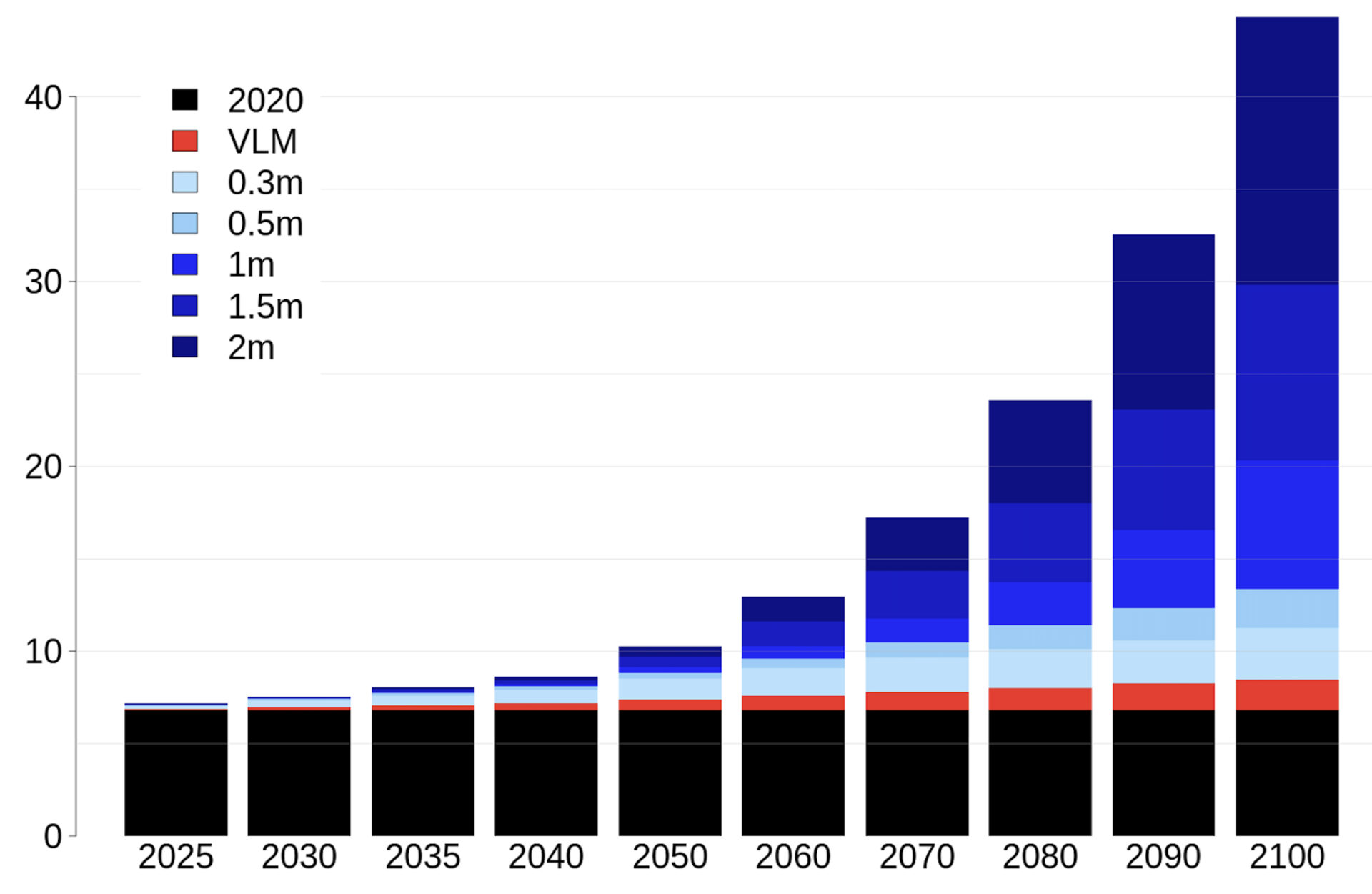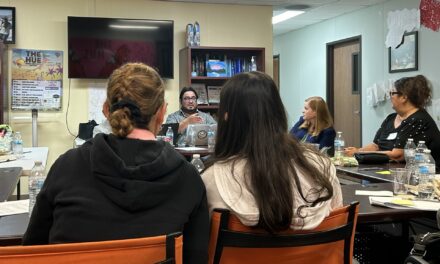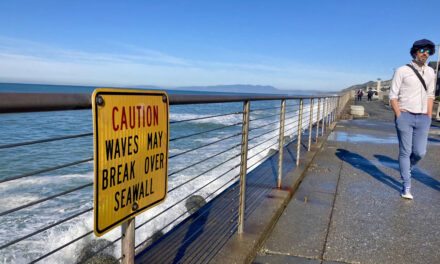Pricing Climate Risk
Economics has been called the dismal science. That label might seem to apply in spades to a novel sub-specialty: the art of pricing the risks of climate change, a concern not least to the insurance industry.
To get the basics, you could do worse than to talk to Dag Lohmann. Physics at the U. of Göttingen in Germany. Post-doc in civil engineering at Princeton. Six years with the National Weather Service. Almost eight with a leading risk modeling company, RMS. Ten, and counting, with his own Berkeley firm, KatRisk LLC, focused on various kinds of flooding. Oddly, at the end of that conversation, you might come out feeling just a little less dismal.
Insurance shifts costs from individuals to groups. It also shifts costs from after an untoward event to before. Your auto insurance shares your risk with millions of other drivers, giving each a small load now to protect each against a possibly crushing burden later. Flood and fire insurance, ideally, should work the same way; but the creeping change in climate is changing their arithmetic.
Just how much, and with what financial consequences, is Dag Lohmann’s province. His team knows and applies the latest science. “We’re the middleman between scientists and insurers,” he says. “We rely on research and data from universities and government labs, but do our own simulations.” Lohmann can, for instance, quantify the creep in storm surge losses caused by sea level rise. In the U.S. these are climbing by about half a percent per year, he says, a rate that is sure to increase.
The news is less bad for inland flooding and those seeking insurance against it. Premiums vary wildly nationwide. Some properties should be paying more than they do now for their policies, but many should actually be paying less. Subtle assessments can bring fairer pricing; they can also help in the design of protective measures. Financial players of several kinds may find it prudent to invest in prevention, reducing the cost of cure.
Like big fleas feasting on littler fleas, insurance companies also buy insurance, to cover them against the occasional catastrophic loss; specialized re-insurance companies, with names like Swiss RE and Munich RE, exist to fill this role. A further wrinkle has recently emerged: the packaging of these reinsurance policies as bonds sold to investors—what the trade calls securitization. People with money buy these “catastrophe bonds,” (cat bonds for short), taking the risk of the occasional bath (a risk to be assessed by analysts like Lohmann’s) in return for considerable annual profit.
Other Recent Posts
Slow Progress on Shade For California’s Hottest Desert Towns
Coachella Valley communities face record temperatures with little shade. Policy changes lag as local groups push for heat equity.
In Uncertain Times, the Port of Oakland Goes Electric
A $322M grant powers Oakland’s port electrification — cleaning air, cutting emissions, and investing in community justice.
Testing Adaptation Limits: Mariposa Trails, Marin Roads & San Francisco Greenspace
In KneeDeep’s new column, The Practice, we daylight how designers, engineers and planners are helping communities adapt to a changing climate.
ReaderBoard
Once a month we share reader announcements: jobs, events, reports, and more.
Boxes of Mud Could Tell a Hopeful Sediment Story
Scientists are testing whether dredged sediment placed in nearby shallows can help our wetlands keep pace with rising seas. Tiny tracers may reveal the answer.
“I Invite Everyone To Be a Scientist”
Plant tissue culture can help endangered species adapt to climate change. Amateur plant biologist Jasmine Neal’s community lab could make this tech more accessible.
How To Explain Extreme Weather Without the Fear Factor
Fear-based messaging about extreme weather can backfire. Here are some simple metaphors to explain climate change.
Live Near a Tiny Library? Join Our Citizen Marketing Campaign
KneeDeep asks readers to place paper zines in tiny street libraries to help us reach new folks.
Join KneeDeep Times for Lightning Talks with 8 Local Reporters at SF Climate Week
Lightning Talks with 8 Reporters for SF Climate Week
Staying Wise About Fire – 5 Years Post-CZU
As insurance companies pull out and wildfire seasons intensify, Santa Cruz County residents navigate the complexities of staying fire-ready.
When Hurricane Katrina struck the Gulf Coast in 2005, a specialized fund called Kamp Re took a heavy hit and dissolved. Its investors lost about three quarters of their money. But Kamp Re did pay its insurance company clients, and those companies in turn paid the individual policy holders. In a sense, the system can be said to have worked, shifting cost from those least capable to those most capable of paying.
Katrina dramatized the need for better risk assessment, but it did not dampen the rise of “cat bonds.” The National Flood Insurance Program (the nation’s largest single-line insurance program) issues quantities of these, and KatRisk is right there, acting as “calculation agent” for the last five rounds of bonds. The company has thus helped shift more than $1 billion in hurricane risk from NFIP to the capital markets, Lohmann says.
In California, far from hurricane country, the flood risks tend to be more chronic than dire. The typical problem here is different: too few of us can find affordable insurance, making post-disaster recovery hard. The community benefit insurance concept (see “Overhauling Insurance” below) is a possible fix, applicable also to fire. Earthquakes are another matter, where the catastrophe bond concept might apply.
So here is an industry, not known for altruism, doing its part to wrestle with huge societal problems. This is surely encouraging, up to a point. But as climate weirdness mounts, there will be more and more situations where the insurance model is simply obsolete. “Over what time frames,” Lohmann asks, “might insurance not be possible anymore in parts of Louisiana or Florida?”
The story has its dismal side, after all.
Average annual loss to storm surge from Atlantic hurricanes in billions of dollars under different global sea level rise scenarios in meters by the year 2100. The analysis translates government data (the latest NOAA sea level rise projections) into financial losses. (VLM = vertical land movement, largely from Louisiana and Florida sinking.) Source: KatRisk.











